What is Polyester Made of
What is Polyester Made of
Know all about what is polyester made of? Whenever the word polyester is mentioned, we think of the floral shirt hanging in the wardrobe or the old-fashioned bowling shirts. It will shock you to know that this material is more common among your collections than you ever imagined. Polyester makes up a variety of our everyday attire ranging from lingerie to athletic wear. With the decline of cotton woven clothing and clothing from other natural materials, the production of polyester finished materials are on the rise. The question now is what is polyester made of?
What is Polyester Made of:-
Polyester is an artificial fiber that is gotten from air, coal, petroleum, and water. When alcohol reacts with the acid, polyester fibers are formed. Polyester was first discovered in a 20th-century laboratory known as DuPont lab in the 1930s. After the discovery, in 1939- 1941, British research chemists became more interested in Du Pont studies and went further to carry out their own research.
The choice laboratory for the research was the Calico Printers Association, ltd. The works of the British researchers gave rise to polyester which was initially called the Terylene.
The combination of two or more molecules of the polyester leads to the formation of a bigger molecule. A continuous combination of molecules led to the formation of very long, strong and stable molecules.
Polyester can be put to many different uses. This includes the manufacture of finished products such as clothing, industrial fabrics, furniture covering, electrical lining and computer and recording tapes.
There are a lot of pros attached to the use of polyester when compared to cotton and silk. Polyester does not absorb water. However, it absorbs oil. This quality of the polymer makes it the preferred material for fire-resistant, water, and oil resistant finishes.
Polyester is also naturally resistant to stains due to its low absorbency quality. The finishing process of polyester can include preshrinking which makes the material resistant to shrinking. This also prevents it from stretching out of shape.
Polyester supports dyeing and is also withstands the damaging effect of mildew. Textured polyester fibers are used in the filling of pillows, sleeping bags, outerwear, and quilting. This is because it acts as non-allergenic insulators that are also very effective.
Polyester:-
Polyester can be defined as a kind of synthetic fabric that is made from a special kind of plastic. Scientifically, it is the final product of the combination of molecular polymers and a group of chemical compounds known as an ester. This is also where the name polyester is derived from.
There are different types of polyester, but the most common variation is the “polyethylene terephthalate”(PET) which is used in clothing and other packages. Industrial spinneret machines are used to stretch and spun liquid polyester into fabrics.
Polyester Production of Raw Materials
The principal ingredient in the production of polyester is ethylene which is a byproduct of petroleum. Ethylene is the chemical building blocks of polyester while the chemical method that gives rise to the finished polyester is known as polymerization.
The Process of Manufacturing Polyester
Here you will see in details what is polyester made of? There are different methods of manufacturing polyester. The method to use depends on the end result the manufacturer hopes to achieve. The four common forms in which polyester is manufactured are fiberfill, filament, staple, and tow. In the production of the filament form of polyester, all the individual strands are spawn in a continuous length.
The end product is a fabric with a smooth surface. When manufacturing the staple form, the fabrics are cut too short fixed lengths. This form of polyester production enables the easier blending of polyester with other fabrics. When continuous strands are drawn loosely together, this process produces what is referred to as tow.
The manufacturing of pillows, outerwear and quilts are made possible by the production process called the fiberfill. Among the different methods, the two most common methods employed today are the staple and the filament. With the introduction of polyester to the United States in 1951, the material gained more popularity. It became the country’s major fiber brand.
The easy-care permanent press fabric introduced in the 1960s made the polyester more popular. However, in the late 1960s, the polyester suffers major image defamation.
This affected the sales of clothes made of polyester. The only way to save the situation was to introduce new models to the public. Several new forms of polyester were introduced to the general public in 1991.
Conclusion For What is Polyester Made of
There are more recent researches going on to develop improved types of polyester. North Carolina State University, for instance, is researching on how to develop a polyester with the strength of a Kevlar. If the research is successful, the material might end up finding its way to the car and plane industries as composite materials. Among them was the microfiber which was a more flexible form of polyester. The microfiber closely resembles the silk fabric and was used by popular designers like Mary McFadden in her collection.




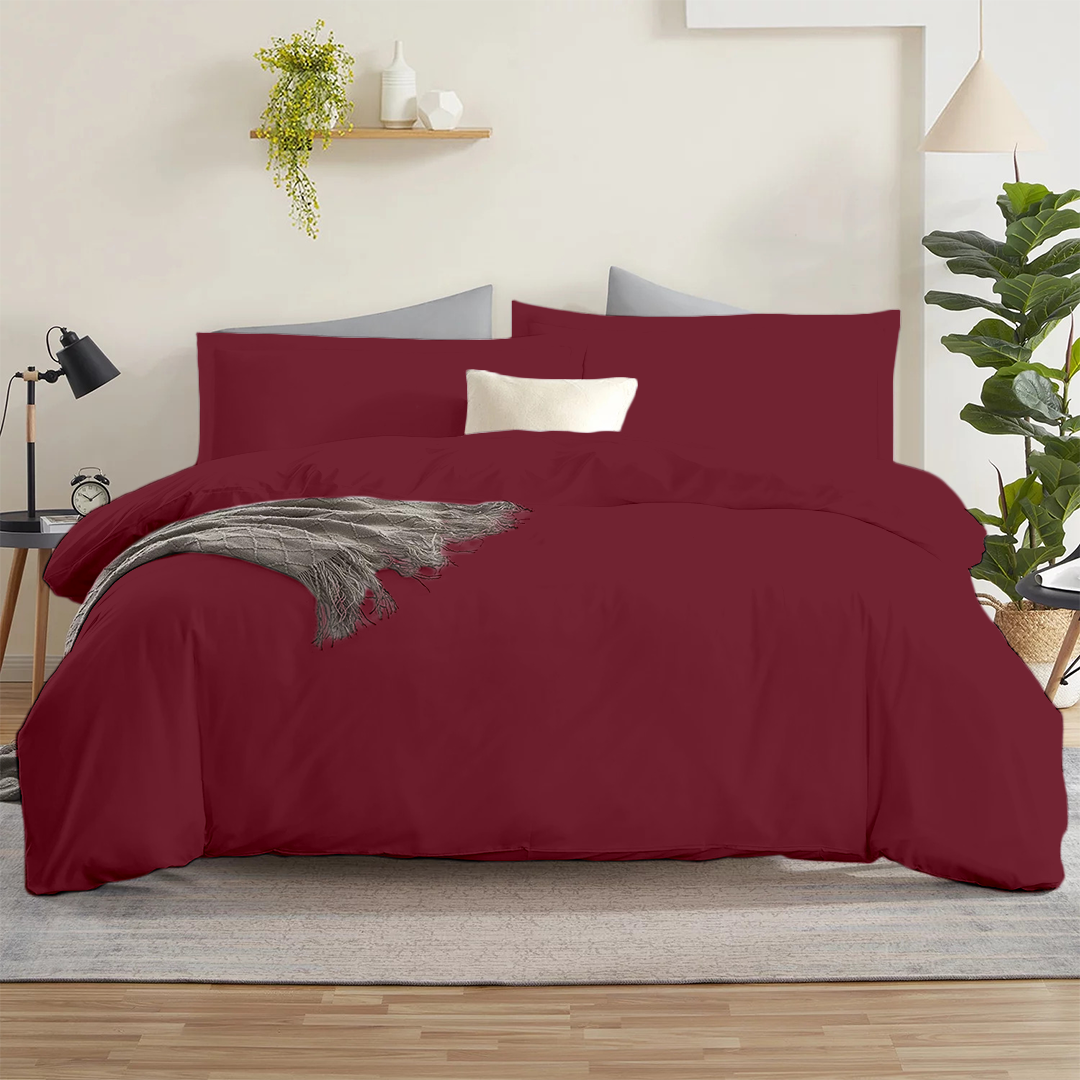



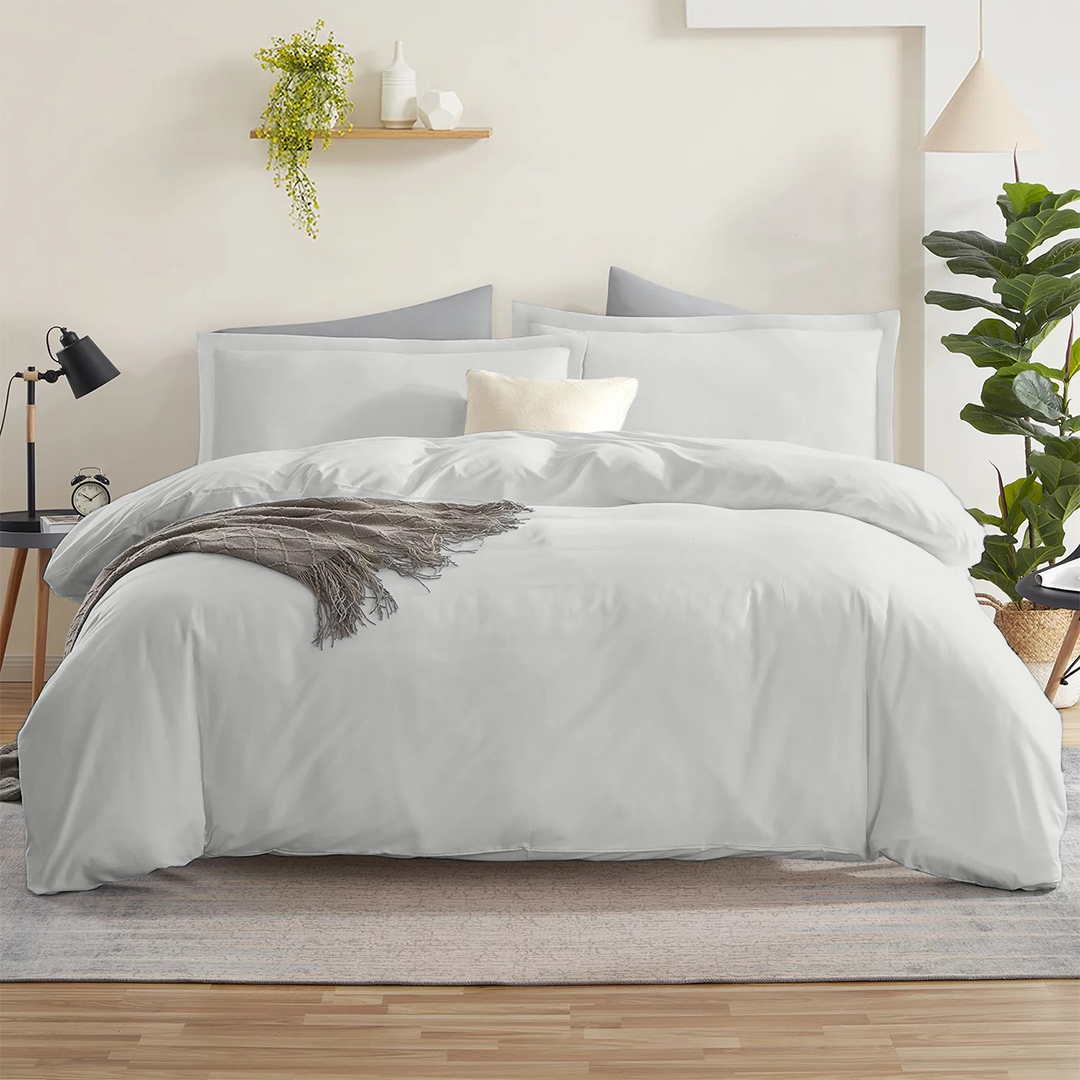

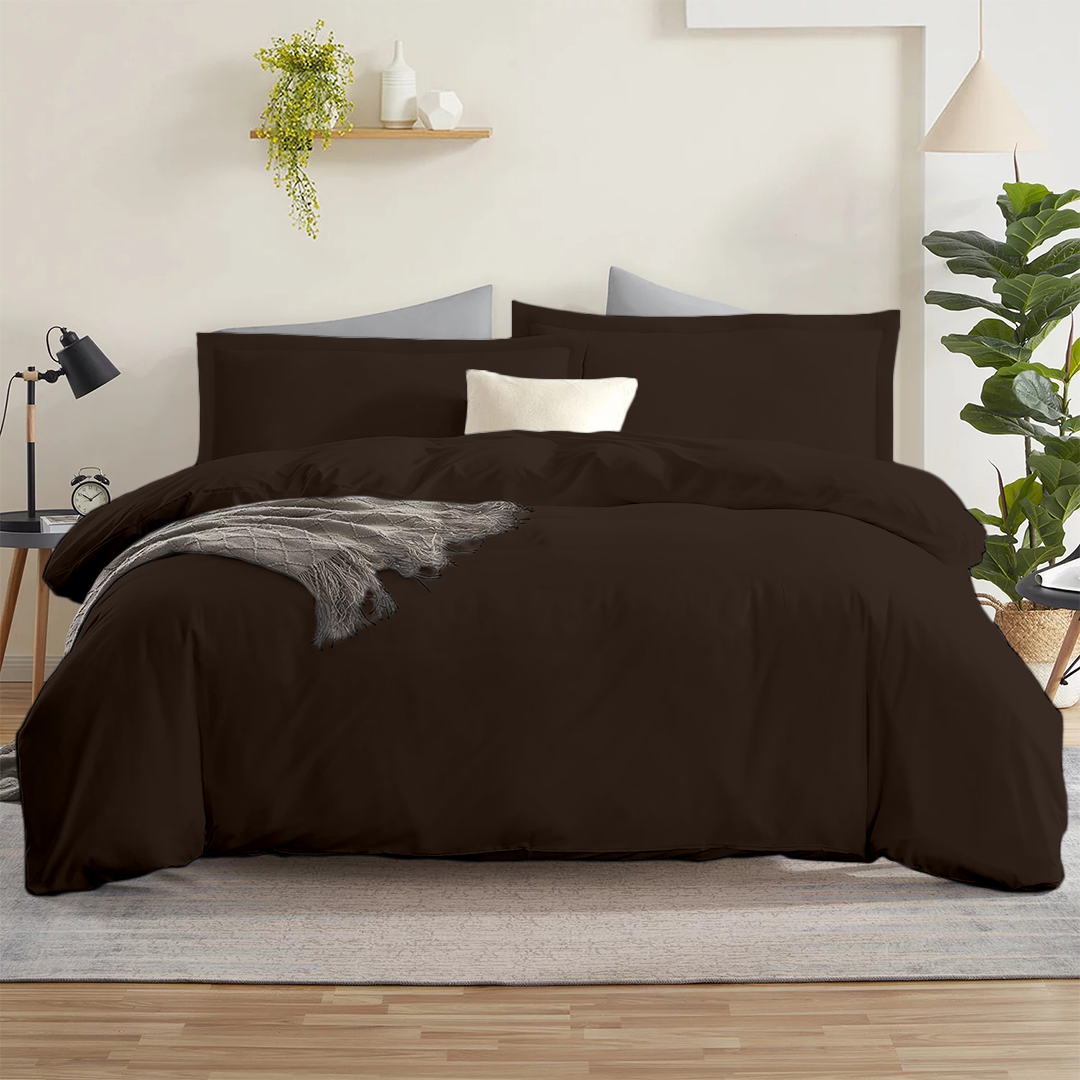


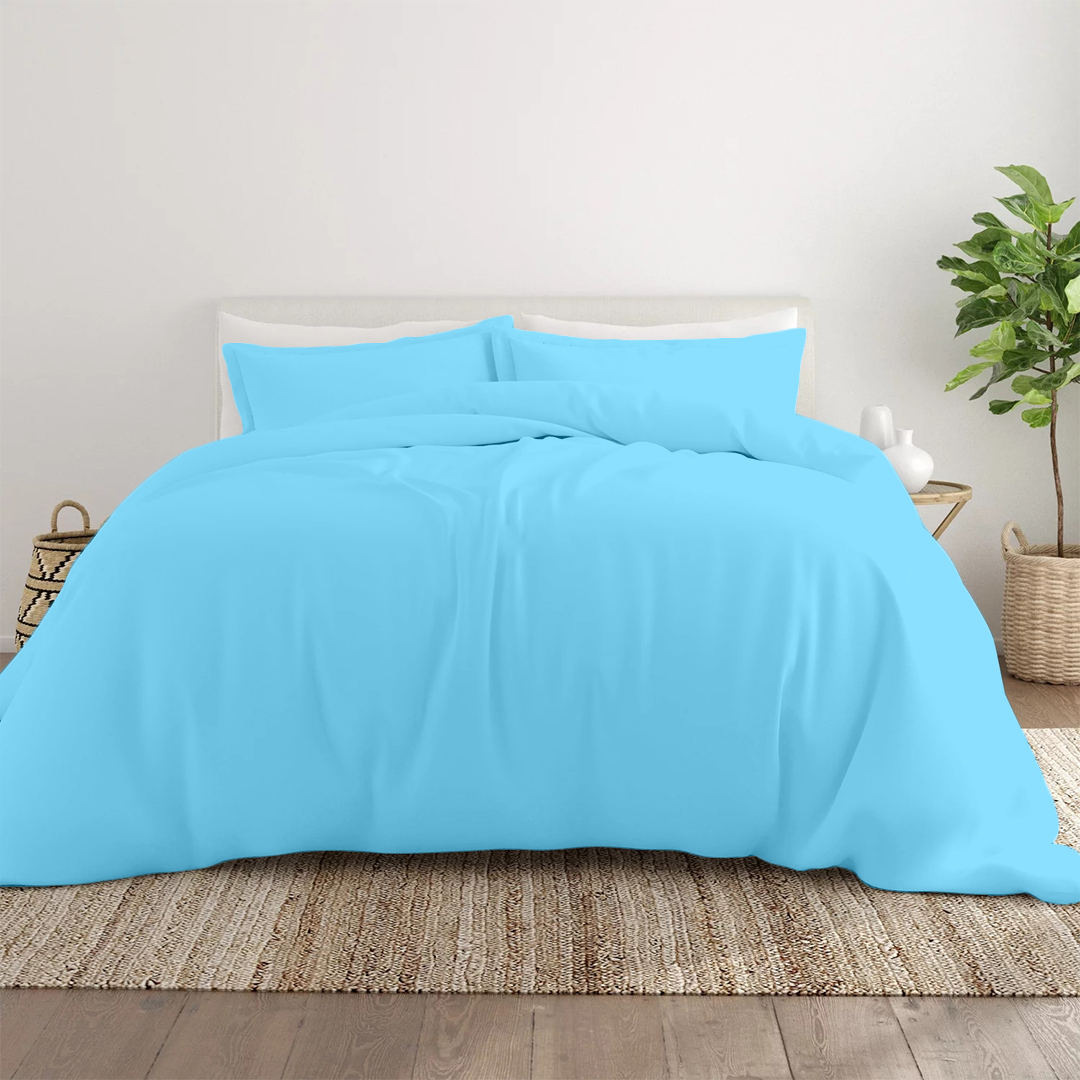





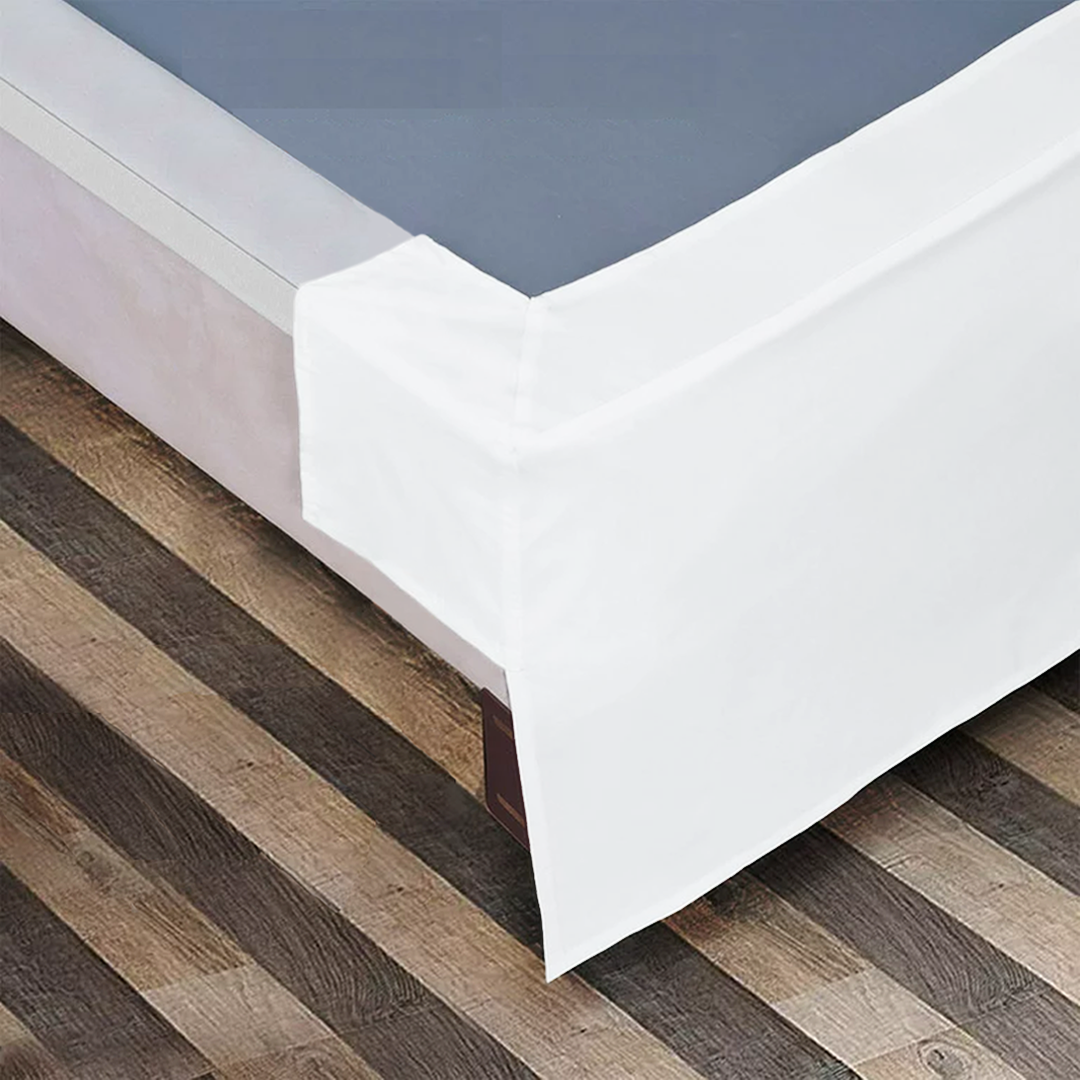






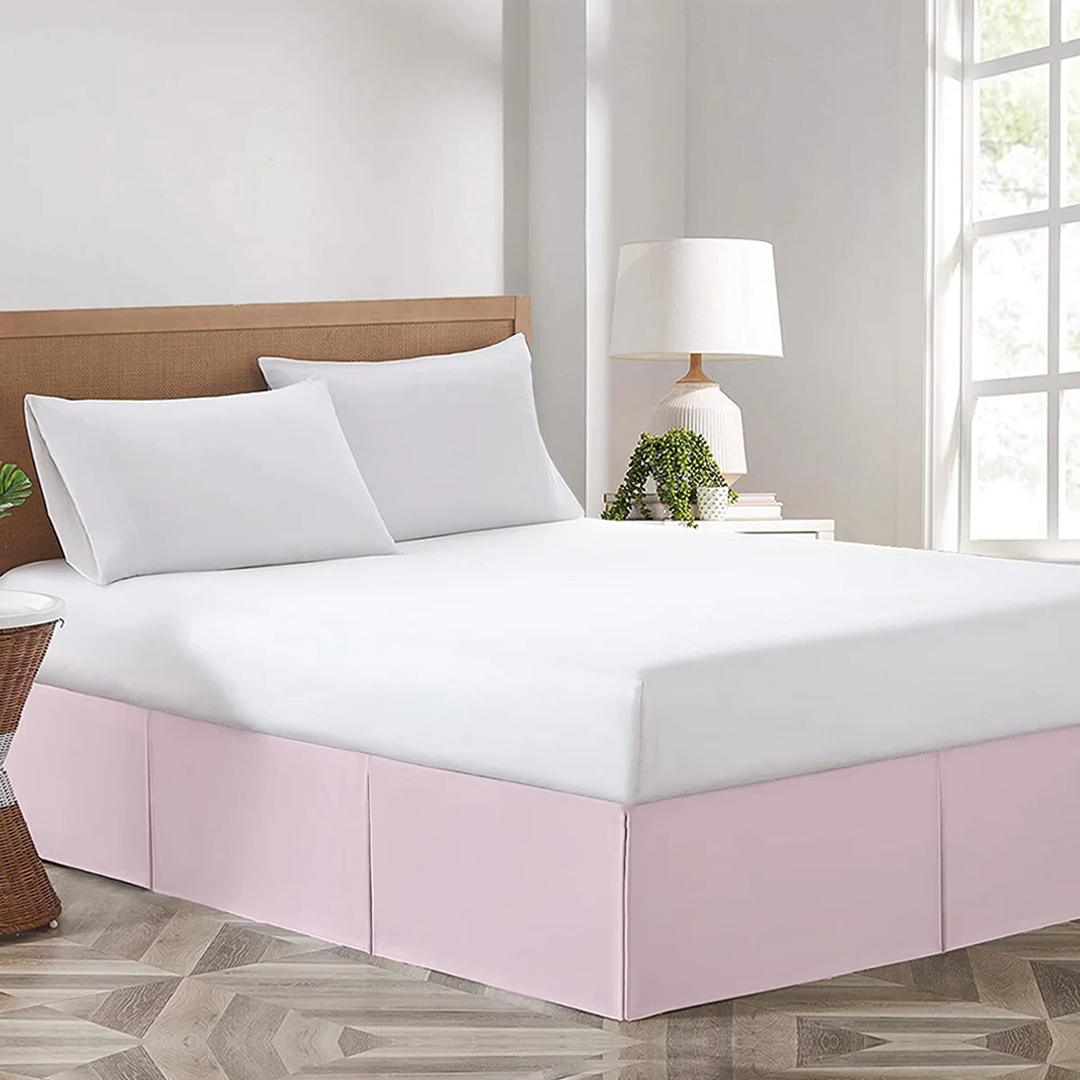


















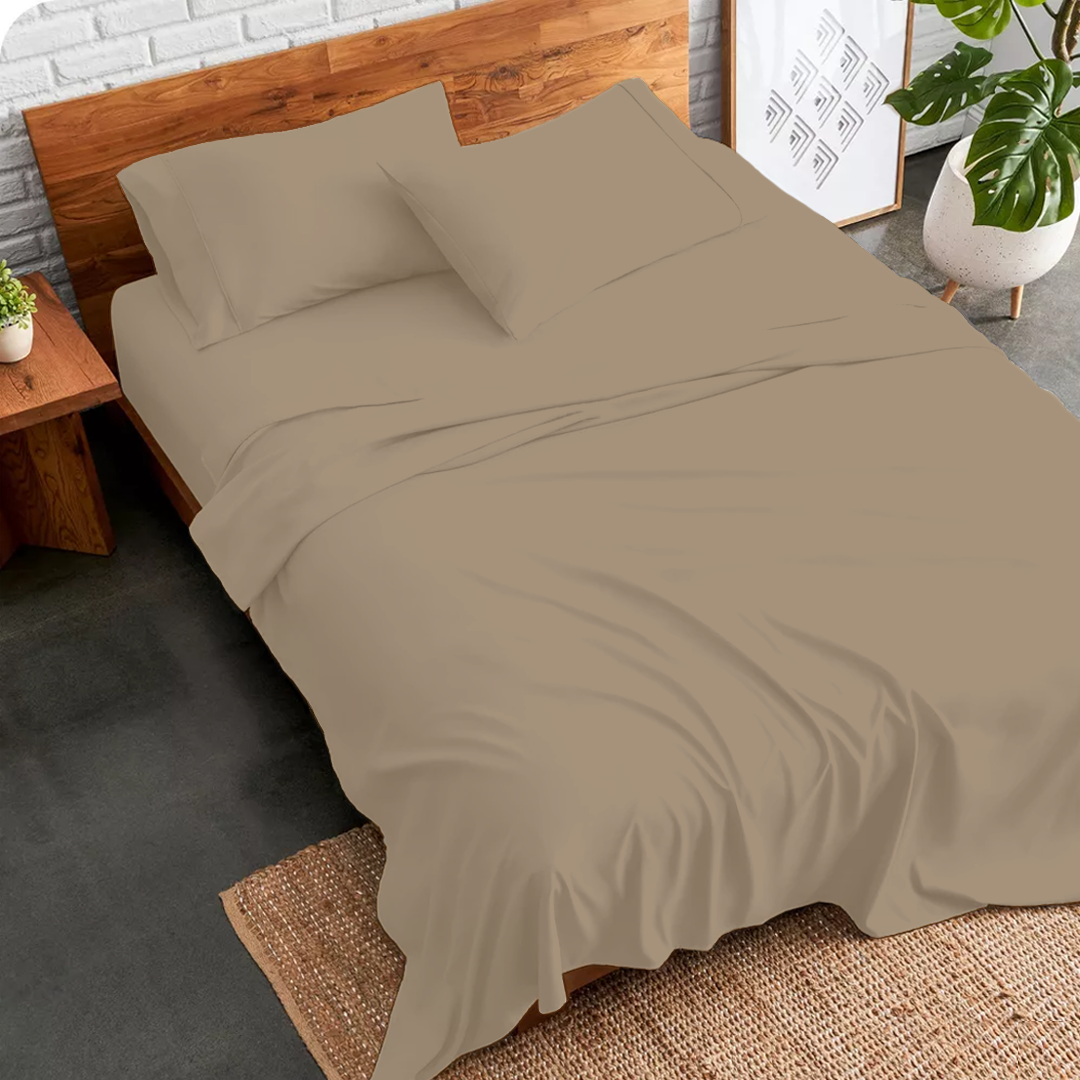
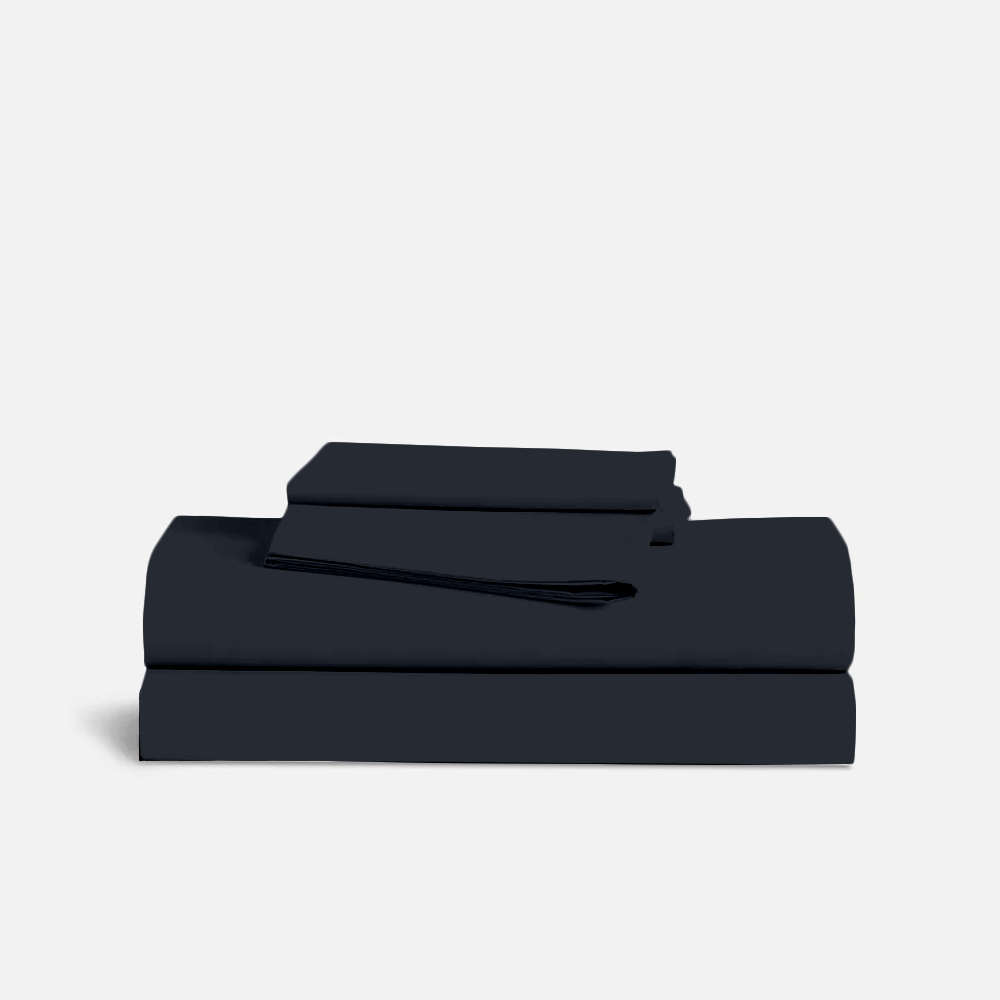

















Leave a comment
This site is protected by hCaptcha and the hCaptcha Privacy Policy and Terms of Service apply.